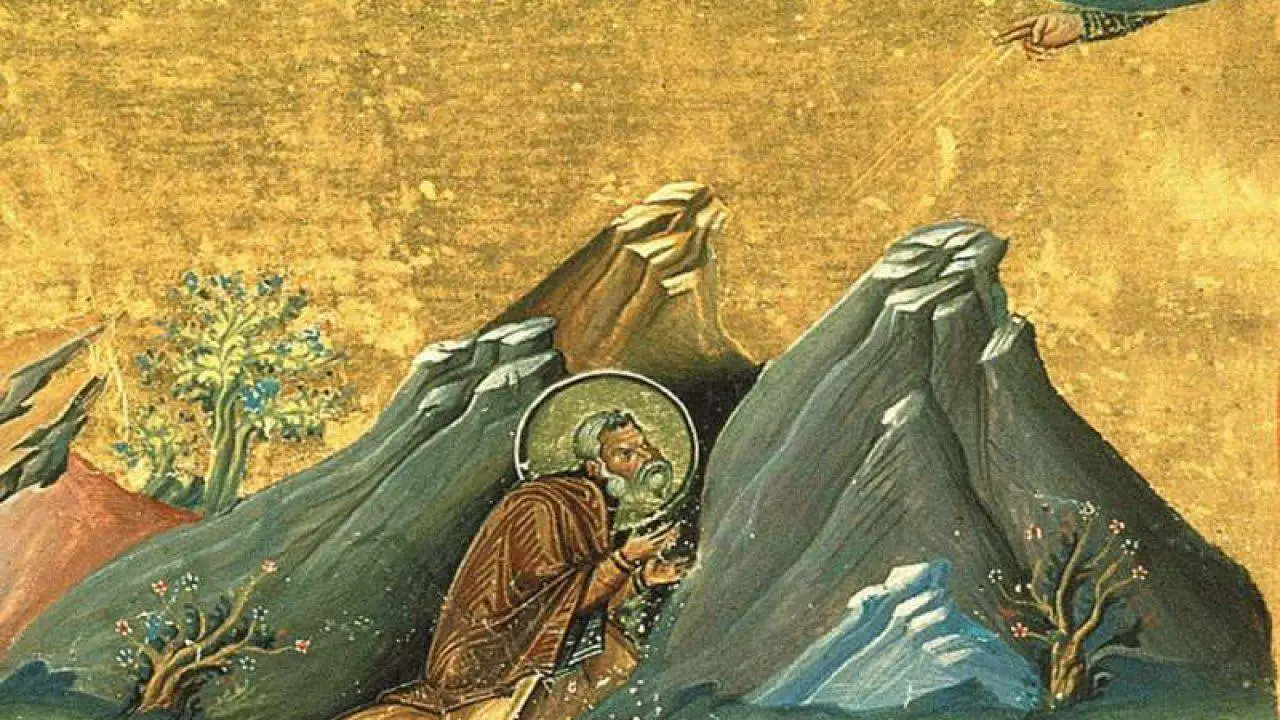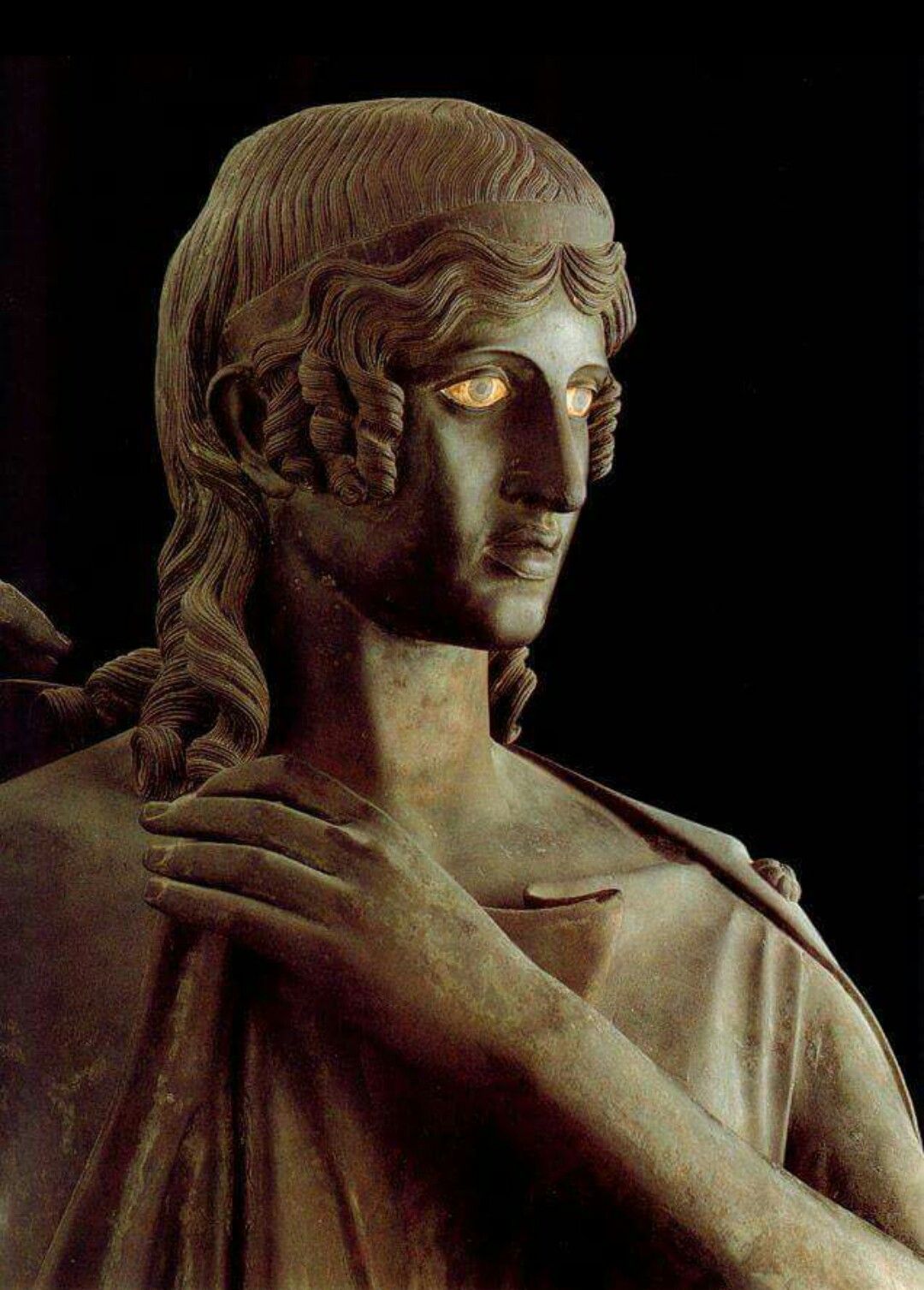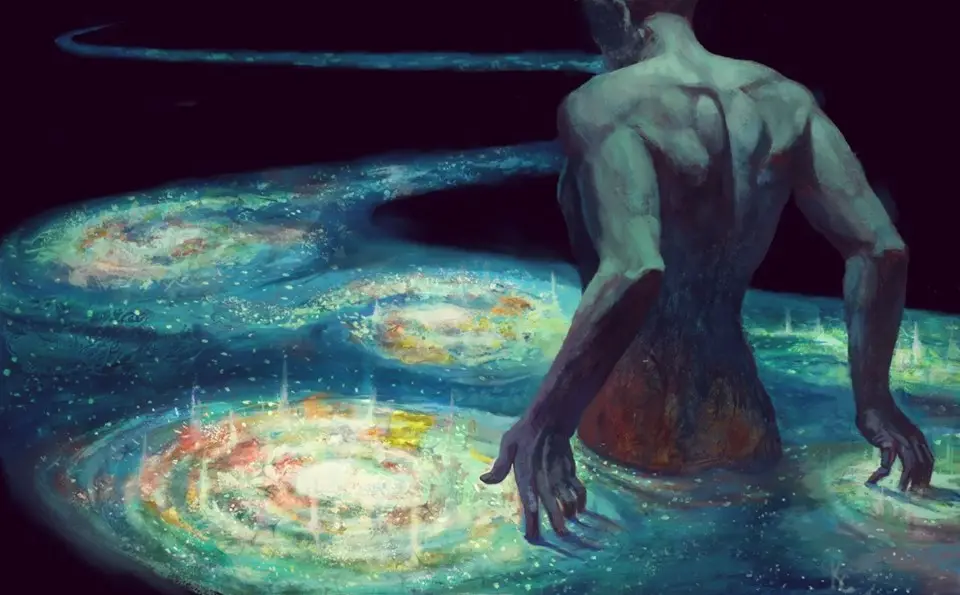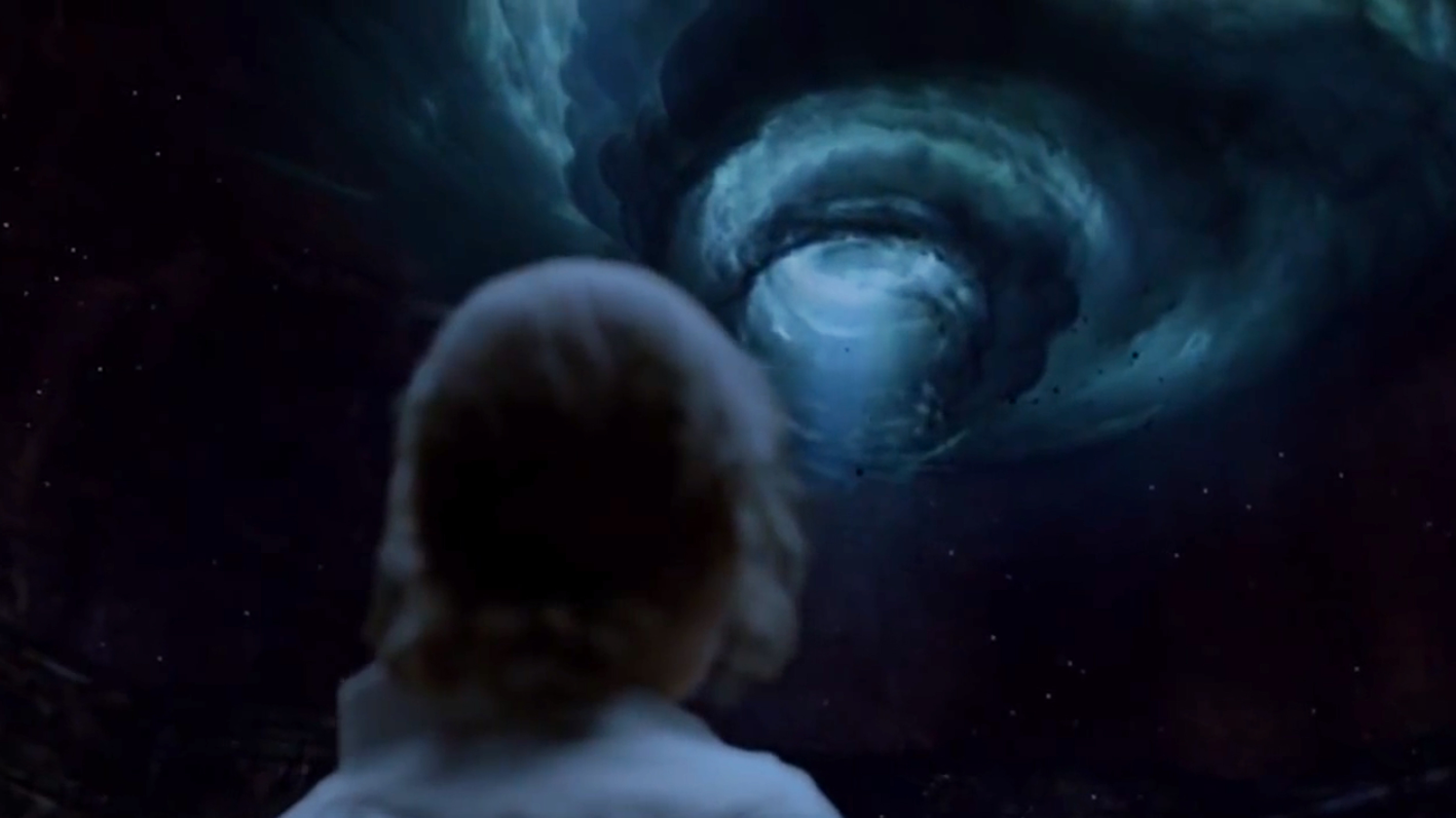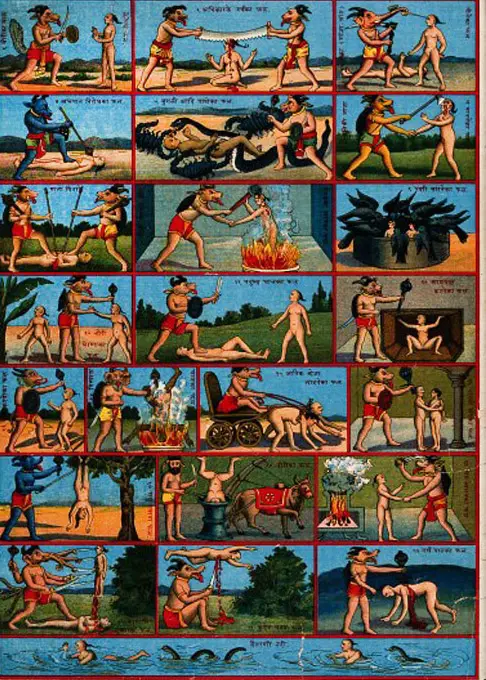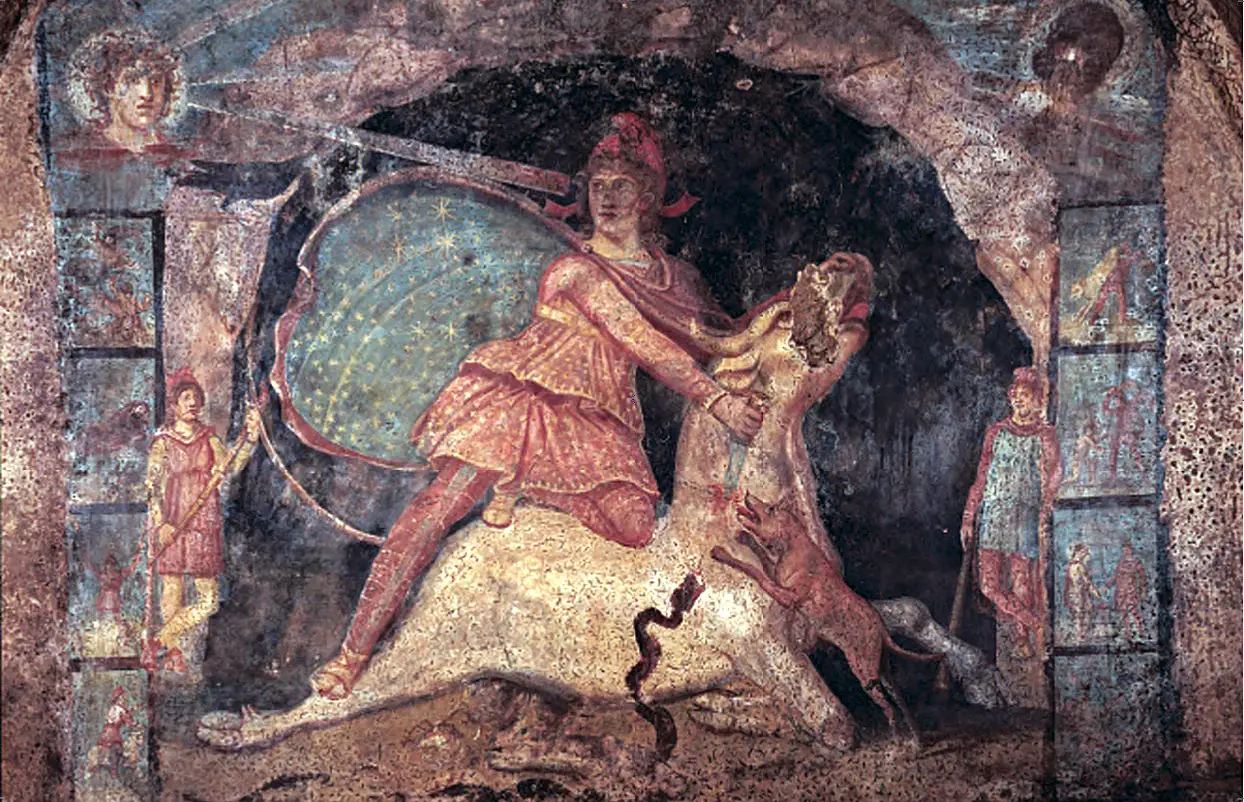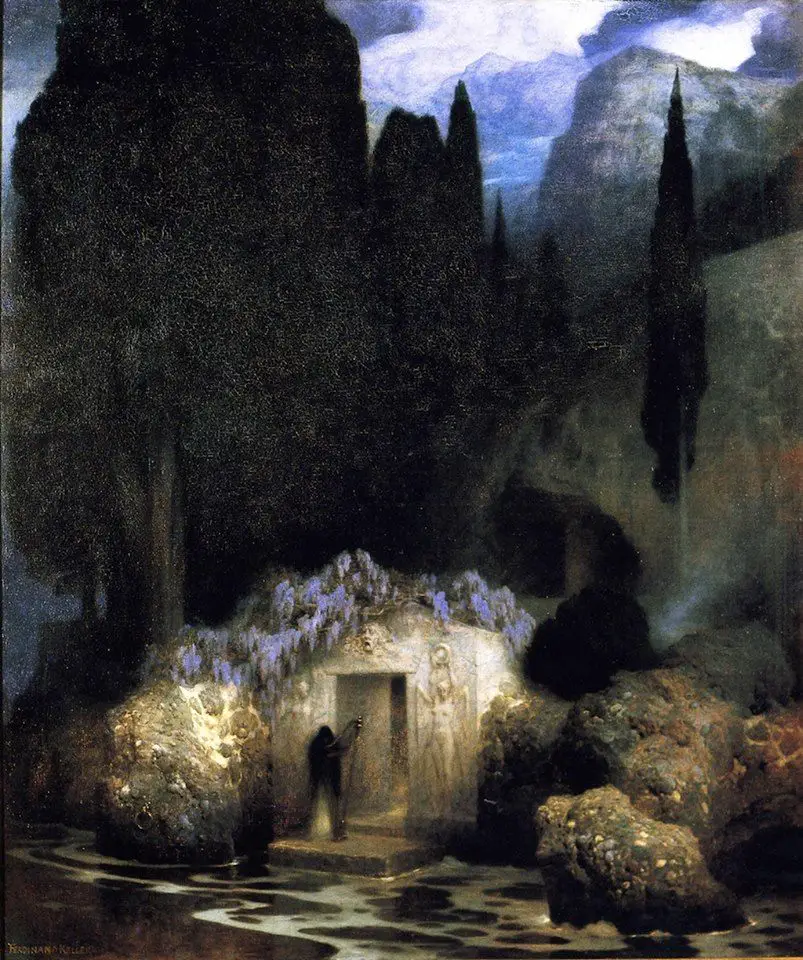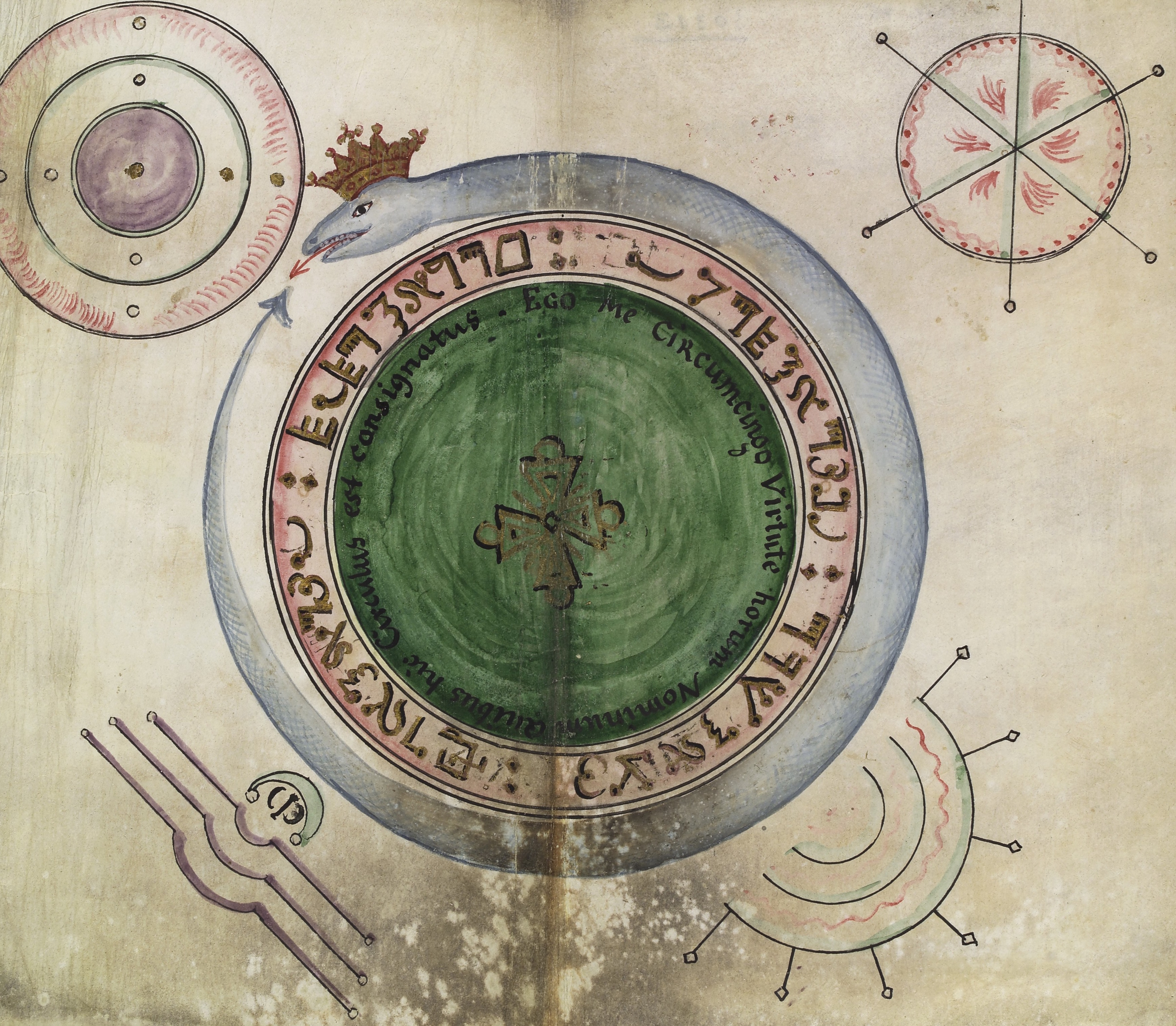Tag: Aion
Of Solstices and Apocalypses: of Saturn and the Golden Age
Solstitial and "apocalyptic" annotations on the celebration of Christmas and the end of the Year, on the archaic doctrine of the "gates" of the Cosmos and of the Year and on the eschatology of the ancient Sidereal Religion, passing from the Greco-Roman tradition to the Hindu one the Christian one.
Apollo the Destroyer: "coincidentia oppositorum" in hyperborean mysticism and eschatology
Although mostly considered in his "luminous" and "uranic" meaning, in the archaic tradition Apollo combines the most extreme dichotomies in his mystical and eschatology: the bow and the lyre, wisdom and "mania", depth and elevation, the catabasis and the journey in spirit to the White Island, the "Fall" of Being and the return of the Golden Age. Starting from ancient sources, we can find similar concepts not only to those of North Asian shamanism and Celtic spirituality, but even to the sacred vision of some modern poets — like Blake, Shelley and Yeats - whose Apollonian chrism will appear clearer to us if we analyze their “Weltanschauung” in the light of the Platonic and Heraclitean doctrines.
We do not live in time, but in "chronospheres"
The chronospheres are psychic experiences and dynamic spacetime events, like concentric circles in the water, they are different frequencies of the passing of time that involve us; if spacetime is like the ocean, the circles in the water are the traces and the different times that unfold and dilate, mixing and overlapping continuously
"True Detective": the Devouring Time and the Eternal Return
In view of the release, scheduled for January 14, of the third season of "True Detective", we propose to our readers the cycle of articles we curated for YAWP on the esoteric elements of the successful television series.
The "tapas", the libido and the victory over necessity
The stages of the development of consciousness are contained in the myth, which leads to the conscious realization of the individual destiny, the cure as a re-actualization of the myth becomes mythbiography in a path that from Jung, through Neumann and Bernhard reaches Romano Màdera.
The religions of mystery: soteriology of the Mithraic cult and of Attis / Cybele
(image on the side: affresco representing Mithra killing the bull, XNUMXnd cent. AD, Marino, Italy)
NIn the 50s, the Gnostic documents of Nag Hammadi, found immediately after the war in Egypt, made their entry into the academic world, and the need arose in the field of studies for a reflection on the material available and a rethinking of the categories into which they fell. the so-called mystery cults. The years between the 30s and 40s had already brought new materials and new research hypotheses: studies on pattern or mythical-ritual model inaugurated in England, which still felt the influence of Frazerian comparativism, "by now they were putting the theme of mystery religions in a broader perspective to consider them, one by one, in their ancient roots of national and ethnic religions - Crete, Egypt, Anatolia and the rest of anterior Asia, overcoming the limitation to mystical and soteriological cults of the Hellenistic-Roman age and in particular those relating to divinities of oriental origin»Such as Mithra (Persia), Isis and Osiris (Egypt, Rome), Cybele and Attis (Anatolia), Aphrodite / Astarte and Adonis (Phenicia, Greece) [From: U. Bianchi, The study of mystery religionsin The soteriology of oriental cults in the Roman Empire, Proceedings of the International Colloquium, Rome 24-28 Sept. 1979].
Apollo / Kronos in exile: Ogygia, the Dragon, the "fall"
di Marco Maculotti
cover: Ferdinand Keller
Here we aim to bring to a conjunction some cycles of articles published so far in this first year of activity of AXIS world: the cycle concerning i Cosmic-agrarian cults of ancient Eurasia, the one focused on the question of Time and cosmic cycles and finally the series of lectures by M. Ruzzai on the Myth of the polar and hyperborean origin of humanity.
Blood, Gens, Genius: familiar rites in ancient Rome
di Marco Maculotti
(article originally published on The hour of Air,
on February 13, 2017, and revised here)
The doctrine of the Eternal Return of the same: from Berosus to Eliade
di Marco Maculotti
Like the same Nietzsche had to recognize in Ecce Homo, the doctrine of the Eternal Return of the same was inspired by the reading of some philosophers of the Stoic current, in particular Zeno of Citium and Cleante of Ace. However, it is probably up to the Chaldean Berosus the first enunciation reached us in the Western context of the doctrine of the "Great Year" and the Eternal Return: the universe is considered as eternal, but it is annihilated and reconstituted periodically every "Great Year" (the corresponding number of millennia varies from one school to another); when the seven planets come together in the sign of Cancer ("Winterfell", the winter solstice of the "Great Year") a deluge will occur; when they meet in the sign of Capricorn ("Great Summer", summer solstice of the "Great Year") the whole universe will be consumed by fire [Eliade 116-7].
Cyclical time and linear time: Kronos / Shiva, the "Time that devours everything"
di Marco Maculotti
"It is essential to encounter the problem of time. From the perspective of the doctrine of the Cycles it concerns the dead perhaps more than the living. Time expands in all directions forming a circle, [since] it is cyclic."
- Carl Hentze"What is circular is eternal, and what is eternal is circular."
- Aristotle
The primordial and triple god: esoteric and iconographic correspondences in ancient traditions
di Marco Maculotti
In ancient traditions around the world we find reference to a god of origins, who came into existence before all else, creator of all that is manifest and equally of all that is unmanifest. The most disparate mythical traditions depict the primordial god as containing all the potentials and polarities of the universe, light and darkness, spirit and matter, and so on. For this reason, he is often represented with two faces (two-faced Janus) or even with three (Trimurti Hindu). However, more often than not he is considered invisible, hidden, difficult to represent except in an allegorical, esoteric form, which often refers to the union of the luminous and fiery principle, 'masculine', with the dark and aqueous, 'feminine' . In the traditions of the whole world, this primordial god is not honored with a cult of his own, since it is believed that he now lives too far from man and human affairs do not concern him: for this reason, this maximum deity is often spoken of as of a deus otiosus.

